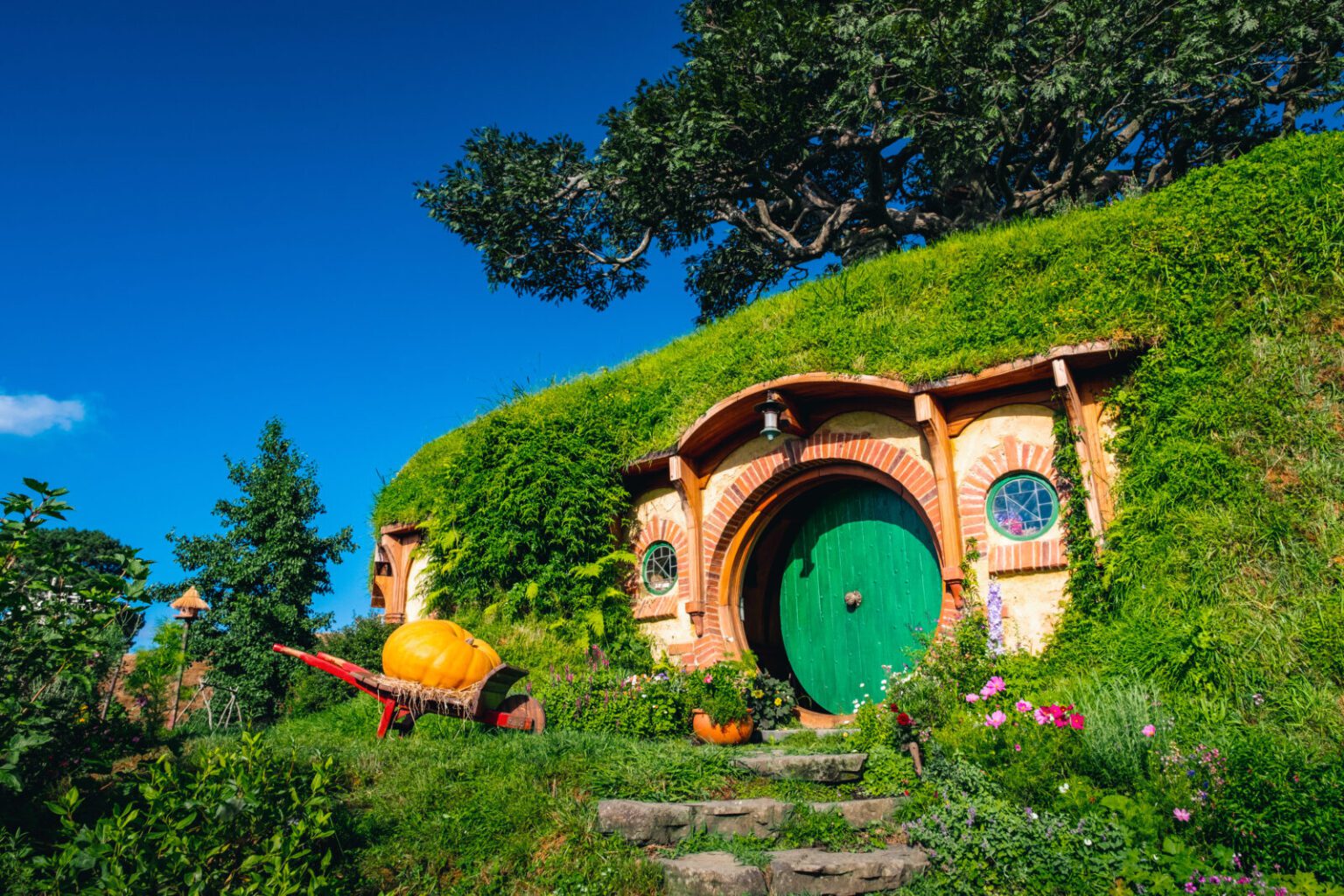
“I am a Christian (which can be deduced from my stories),” says the man whose tales revolve around magicians and all sorts of other mythical creatures. In commemoration of a very special anniversary, we explore what the Lord of the Rings and the rest of his body of work has to do with Christianity.
With a solid 150 million copies sold, the story of the little hero Frodo and his eight companions is one of the ten best-selling books of all time. Many readers consider this work by John Ronald Reuel Tolkien (1892–1973) to be both the cradle and the culmination of the fantasy genre as a whole.
Tolkien’s stories are teeming with wizards, dwarves, elves, dragons, and other mythical creatures. This means one must look very closely to identify the many symbols of Christian culture and tradition scattered throughout his work.
Splintered fragments of eternal truth in the epic
Tolkien’s heroes are simply bursting with virtues, of the kind reflected in the Bible’s Pauline letters with respect to the good soldier (miles Christi). They do battle against internal and external foes alike. And they prefer to sit on white horses like that of Saint George the Dragon Slayer, Joan of Arc, or the first of the four horsemen of the Apocalypse in the Book of Revelation.
The depiction of the Elven ruler, Lady Galadriel, draws from the symbolic language rooted in images of Jesus’ mother, Mary, from both the Middle Ages and modern times. Here as there, she appears as the wise, the pure, the beautiful, the sublime, and the protector figure.
And then there is also the lembas, the waybread of the elves: flat as a wafer, and not only strengthening for the body, but first and foremost for the spirit. The Elvish name for this bread translates as “travel provisions” and corresponds to the viaticum in the Catholic rite, which is the last communion for the dying.
These are only a few of many fragments of symbols that might just as easily be seen as overinterpretation—were it not for another book by Tolkien.
Rooted in myth
The Silmarillion is actually the philology professor’s main opus. Already from a young age, he liked to invent languages, then generate names from them—and then create stories about them. So it was that the superstructure of his myths, legends, and history was created long in advance.
For example, there is Eru Ilúvatar, which translates to mean “the One, Father of All”. This sole deity creates by the power of His music: when He sings, all of Eä (literally meaning “It is” or “Let it be”), namely all that exists, comes into being. Everything is filled with substance and life by the choirs of the angelic Ainur.
The most powerful of them was no longer satisfied with his portion: Melkor, later called Morgoth, rebelled, seduced other Ainur, and became the adversary—reflecting the classic Lucifer motif of the fallen angel. Over the ages, he is bound with a chain—just like Satan during the thousand-year kingdom of peace.
The fall into sin occurs twice: once when the Elven people of the Noldor rebel and are banished from the paradisiacal realm of Valinor, and secondly when the disobedience of the people of Númenor leads to the drowning of their island. This event is only survived by a small group under the leadership of the Noah-like character Elendil.
This list could go on and on, but what really matters is the philosophy with which the storyteller went about his work.
Profession of faith
For Tolkien it was clear: legends and myths expose aspects of truth that can only be depicted in their manner. Two things are required for this: on the one hand, there must be a readiness on the part of the reader to voluntarily suspend his or her disbelief. On the other hand, the author must also make the effort to create these worlds in a consistent, logical manner.
He referred to this creative act as “sub-creation”—in the conviction that human beings create because they themselves are created in the image of their Creator. It was in this understanding of himself in the image of God that he not only saw the justification, but even the mandate, to become active as a sub-creator himself.
For the professing Catholic, the core of the story is the glad tidings. Before that, however, the story experiences the Eucatastrophe1, the final turning point from extreme despair to a happy ending. We find an example of this in the last battle of the free peoples before the gates of Mordor on March 25th of our calendar, when the Dark Lord Sauron was overthrown, against all odds.
Tolkien regarded Good Friday and Easter as the greatest Eucatastrophe to date: on the cross, it seemed to mankind that all was lost—but then came the resurrection of Jesus Christ. And the good news that resounds is: in the end, God turns everything good.
This article is based on the dissertation “J. R. R. Tolkien und sein Christentum – eine religionswissenschaftliche Auseinandersetzung“ [J. R. R. Tolkien and his Christianity—a debate in religious scholarship] by Christian Hatzenbichler.
Photo: Klanarong Chitmung – stock.adobe.com




